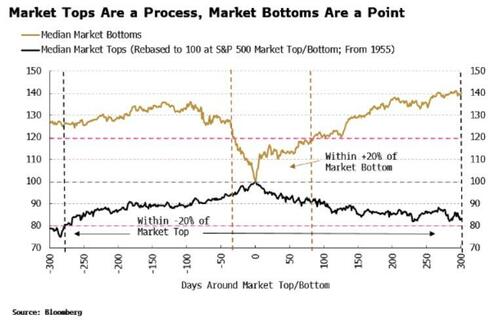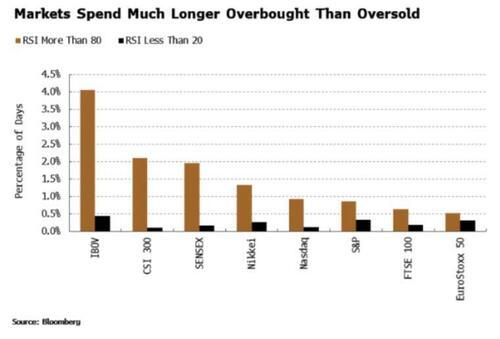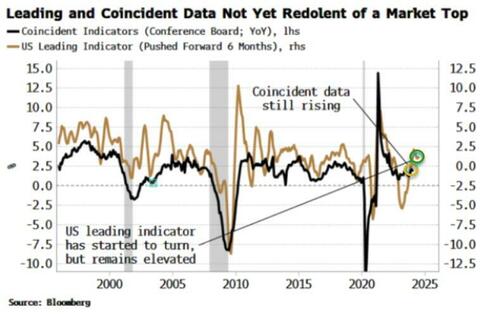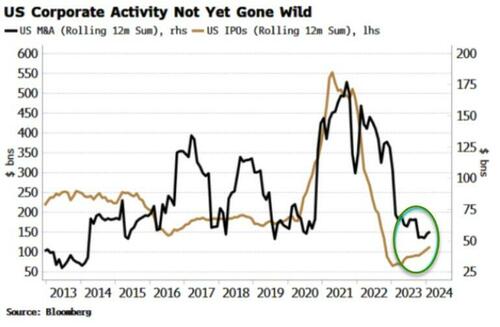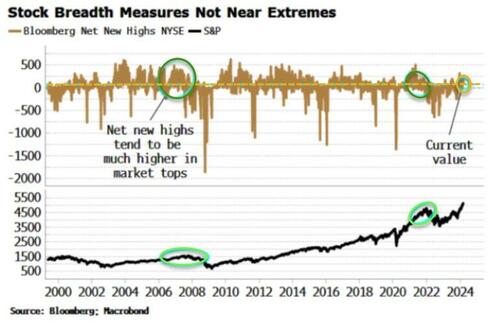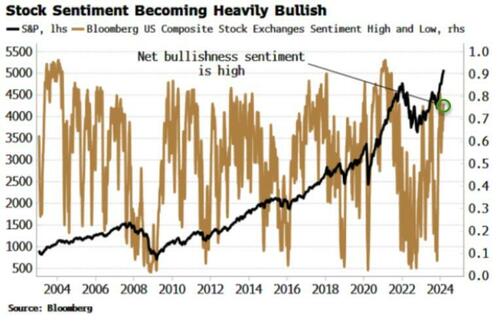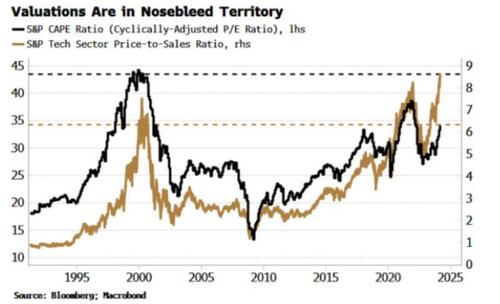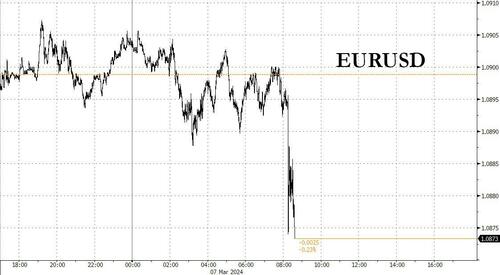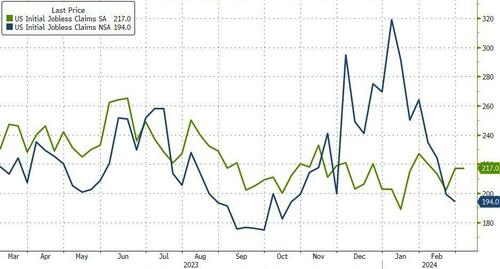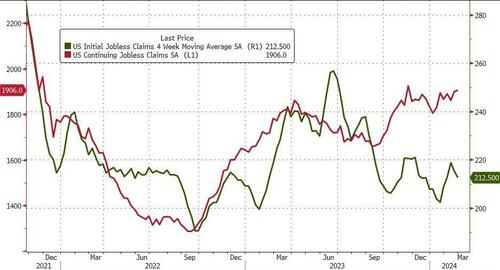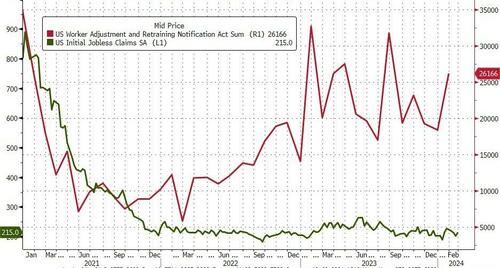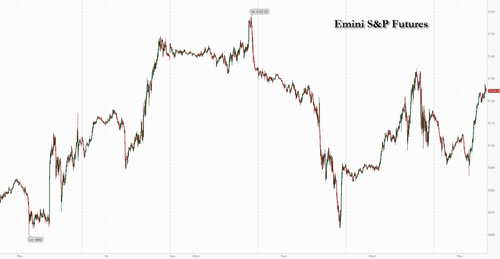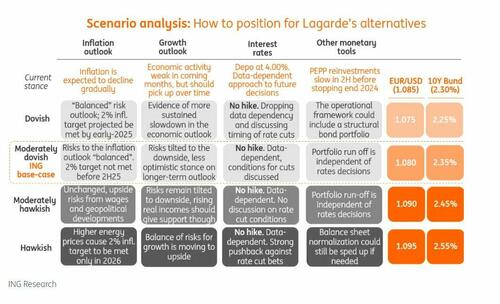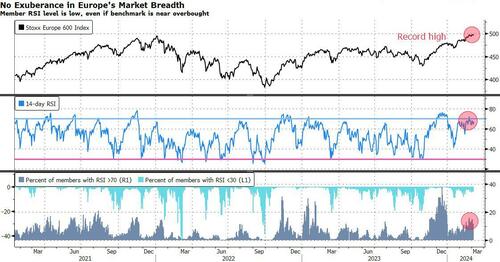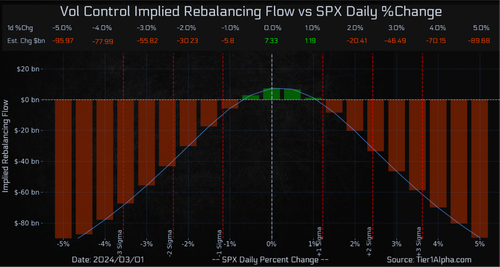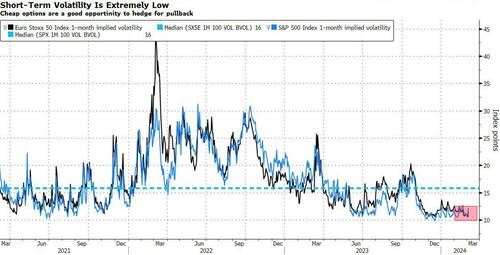“Putin Is A F***ing Thug”: Sparks Fly During ZeroHedge Ukraine Debate
The fourth ZeroHedge Debate on the war in Ukraine concluded last night, and we have received candid feedback from readers, with one reader calling it an “Overton Window debate.” Point taken, but here’s why you should watch:
Members of Congress rarely want to debate — even rarer in person and for 2 hours — trust us… we’ve asked. Thus, we have tremendous respect for Senator Ron Johnson and fmr Congressman Joe Walsh – who had the balls to defend their beliefs without reciting rehearsed talking points for a 3-minute Fox/CNN hit.
They are a rare breed on Capitol Hill. Perhaps we can get to a world where they are the norm instead of the exception.
Until then, enjoy these highlights:
Senator Ron Johnson: Ukraine can’t ask us for money when they’ve got no plan
“Enough of this fantasy. If you want any funding for Ukraine, tell me how you’ll spend it to try to bring the war to an end.”
LIVE FROM WASHINGTON, D.C.
Senator Ron Johnson: Ukraine can’t ask us for money when they’ve got no plan
“Enough of this fantasy. If you want any funding for Ukraine, tell me how you’ll spend it to try to bring the war to an end.”
Source: My Panel on @ZeroEdge pic.twitter.com/Yy5SOE1U64
— Mario Nawfal (@MarioNawfal) March 7, 2024
Former Congressman Joe Walsh: Ukraine must push Russia back
“Putin is a f*** thug who invaded a sovereign country.
That sovereign country wants to fight for its sovereignty.
What does victory mean? As much as possible Russia is pushed back. As much as possible Russia is weakened to the point they can’t do this again.”
LIVE FROM WASHINGTON D.C.
Former Congressman Joe Walsh: Ukraine must push Russia back
“Putin is a f*** thug who invaded a sovereign country.
That sovereign country wants to fight for its sovereignty.
What does victory mean? As much as possible Russia is pushed back. As much… pic.twitter.com/xCa4SnpDtx
— Mario Nawfal (@MarioNawfal) March 7, 2024
“Unconscionable Level of Meddling” — The Nuland Call
The leaked 2014 call between (newly retired) then-Under Secretary of State, Victoria Nuland, and then-U.S. ambassador to Ukraine, Geoffrey Pyatt, made headlines at the time in several US-based media outlets. That said, for the most part, they refrained from discussing its content and instead focus on Nuland’s expletive remark of “Fuck the EU” and highlight that Russian hackers were likely the leak’s source. ZeroHedge covered the call’s less lurid but more substantive contents at the start of the war:
Space Worm (ZeroHedge contributor) from Mar 2022:
Nuland: “So I don’t think Klitschko should go into the government. I don’t think it’s a good idea. I don’t think it’s necessary.” This is followed by a distressed sigh from Pyatt and he asks for clarification, implying this is his first time hearing this. He later mentions that Nuland should speak to Klitschko one-on-one. (2:06) Pyatt: “just knowing the dynamic that’s been with them where Klitschko’s been the top dog… I think you reaching out directly to him helps with the personality management.”
- A couple months prior, Klitschko had announced a campaign for the presidency and early polls showed him as the most popular opposition candidate. During the time of the phone call, he was still campaigning, making headlines in US outlets:
- A little over a month later, despite his populist support, Klitschko announced that he would be withdrawing from the race and running for Mayor of Kiev. It appears Nuland was successful in “corner office-ing” him out of national and into local government.
Reacting to the infamous leaked 2014 call, Walsh brushed off the call as an instance of “Realpolitik” while Sen. Johnson deemed Nuland’s activity as an “unconscionable level of meddling [in Ukrainian affairs].”
Senator Ron Johnson and fmr Congressman Joe Walsh react to the leaked 2014 Victoria Nuland call in which she appeared to orchestrate regime change in Ukraine: pic.twitter.com/dxqM1xKTta
— Liam Cosgrove (@cosgrove_iv) March 7, 2024
Senator Ron Johnson: Ukraine has no choice but to negotiate with Putin
“The only way the war ends is in a negotiated settlement. I’m not going to like the settlement. Ukrainians aren’t going to like it.
But every day the settlement gets worse and worse. More Ukrainians die. These are people sent to the frontline to be cannon fodder.
U.S. policy should be directed toward bringing Putin to the negotiating table, not mindlessly fuelling a bloody stalemate.”
Senator Ron Johnson: Ukraine has no choice but to negotiate with Putin
“The only way the war ends is in a negotiated settlement. I’m not going to like the settlement. Ukrainians aren’t going to like it.
But every day the settlement gets worse and worse. More Ukrainians die.… pic.twitter.com/1JSxcHIQni
— Mario Nawfal (@MarioNawfal) March 7, 2024
Watch the full debate below and subscribe to the ZeroHedge Rumble channel as we work to improve our debate series:
And thank you to our primary sponsor, Birch Gold, for supporting an outlet that is dedicated to free speech and heterodox dialogues. We share their values — and believe in the value proposition for gold — so please browse their options for purchasing physical metals and help with retirement allocations on their website
Tyler Durden
Thu, 03/07/2024 – 09:10
via ZeroHedge News https://ift.tt/lAUQXZ3 Tyler Durden


